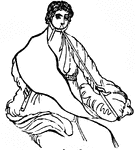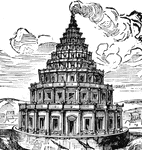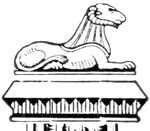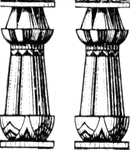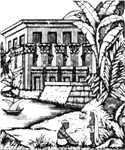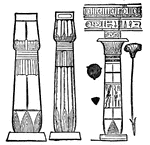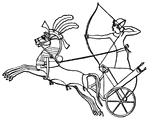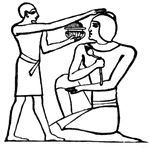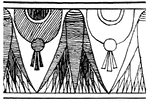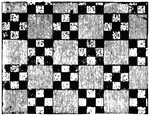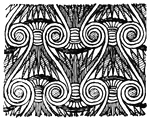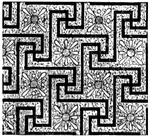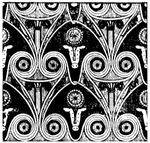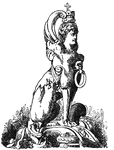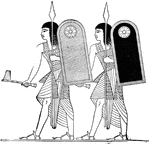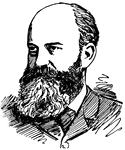
George M. Ebers
(1837-1898) German author who studied Early Egyptian life and wrote many books such as Egypt and the…
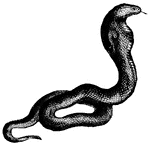
Cobra
When irritated, the neck of a cobra swells at the same time it raises the front part of its body vertically,…

Archimedes' Screw
A machine used for lifting water, thought to have been invented by Archimedes in egypt for draining…

Ancient Egyptian Harps
A harp is a stringed instrument of triangular form. The sculptures and ruins of the Egyptians and Syrians…

William Hicks Pasha
An English officer, commanding an Egyptian expedition against the Madhi in the Soudan, who perished…
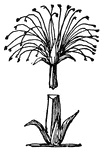
Papyrus
The papyprus is a frequent form in Egyptian ornament. Its straight, stiff triangular stem with four…
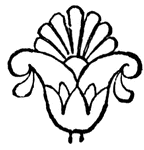
Lotus-Palmette with Tabs
Lotus-palmette with tabs consists of a group of diverging leaves or petals springing from between two…
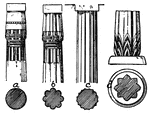
Column Types
Egyptian columns had shafts of three types: a) circular or cylindrical, b) clustered, c) polygonal or…

Osirid Pier
In several Egyptian temples there are square or rectangular piers fronted with colossal sculptured figures…
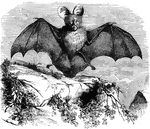
Egyptian Slit-Faced Bat
Nycteris Thebaica. "In this genus both the tail and the interfemoral membrane are greatly developed,…
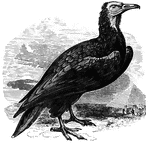
Egyptian Vulture
N. percnopterus, common to Africa, sometimes found in Southern Europe and in Asia. Males and…
Excerpt from the Rosetta Stone
"In 1799, the Rosetta Stone was found and gave the first key to the reading of hieroglyphics. On this…

Rosetta Stone Sample
"In 1799, the Rosetta Stone was found and gave the first key to the reading of hieroglyphics. On this…
Rosetta Stone
"In 1799, the Rosetta Stone was found and gave the first key to the reading of hieroglyphics. On this…

mummy
"Mummy. Another striking religious custom was the embalming of the dead. It was thought that the soul…

